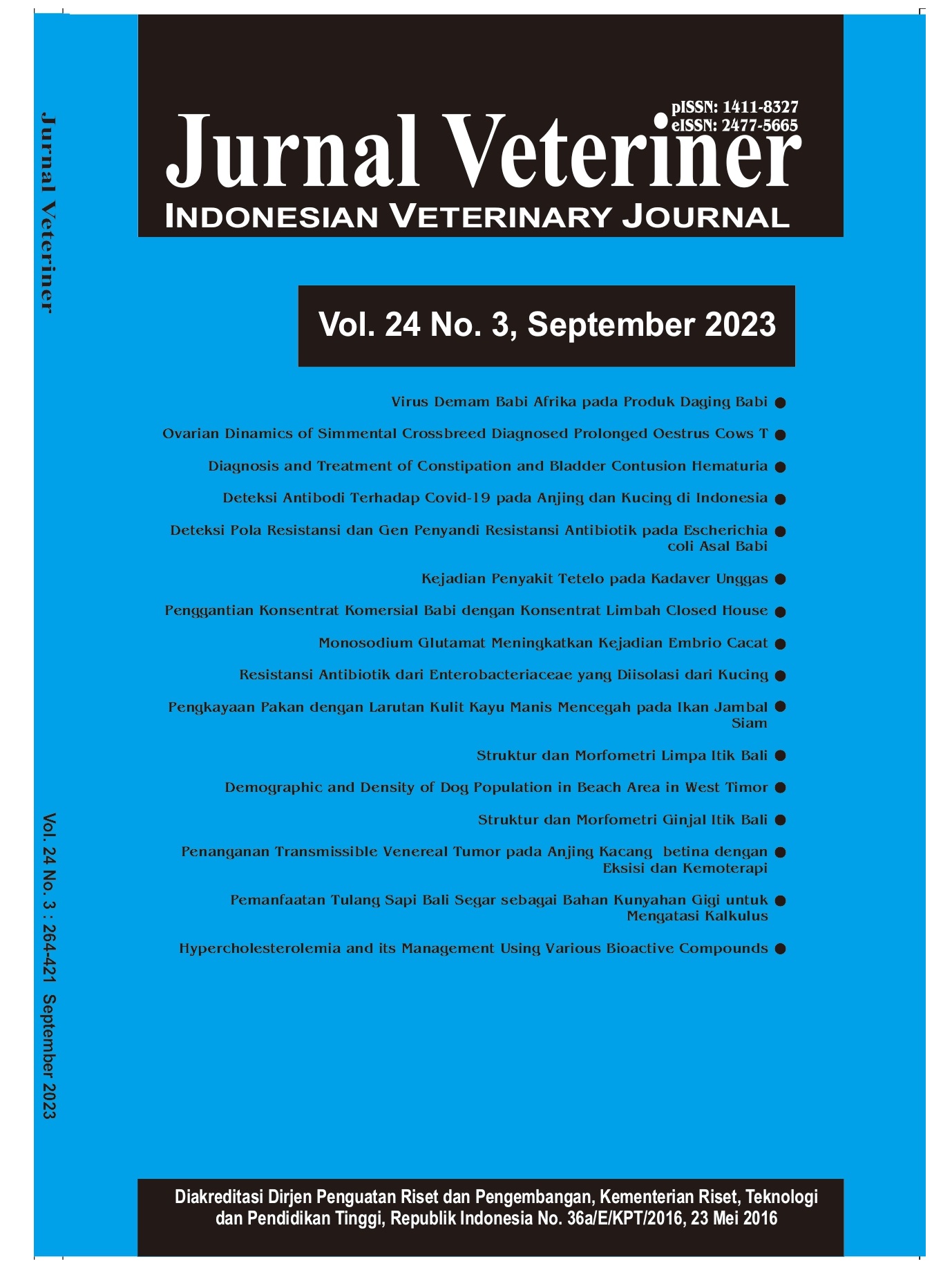Hypercholesterolemia and its Management Using Various Bioactive Compounds: A Literature Review
Abstract
Hypercholesterolemia is characterized by levels of total cholesterol and low-density lipoprotein (LDL) above normal. Hypercholesterolemia is a major risk factor for cardiovascular disease. This study was aimed to explore and analyze various bioactive compounds to manage hypercholesterolemia. Efforts to overcome the condition of hypercholesterolemia are to reduce the consumption of a diet rich in cholesterol and calories, and consuming contemporary hypercholesterolemic drugs such as statins, as well as by regulating the body’s cholesterol metabolism with various antihypercholesterolemic bioactive compounds. Various findings of antihypercholesterolemic bioactive compounds have various sources and effects on cholesterol profiles. Bioactive compounds can be classified according to their mechanism of hypocholesterolemic action, which are inhibition of cholesterol absorption, inhibition of cholesterol biosynthesis, increased cholesterol excretion, increased cholesterol reverse transport, and increased cholesterol catabolism. Several bioactive compounds are involved in a dual mechanism. The development of these various bioactive compounds can be used as an alternative treatment for hypercholesterolemia since contemporary medicines have proven to have many side effects.



















